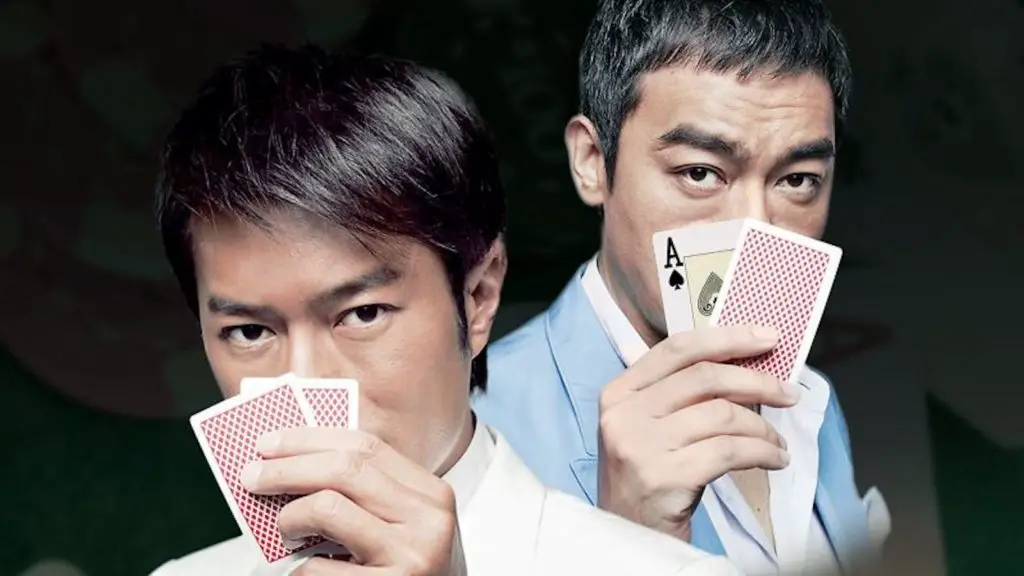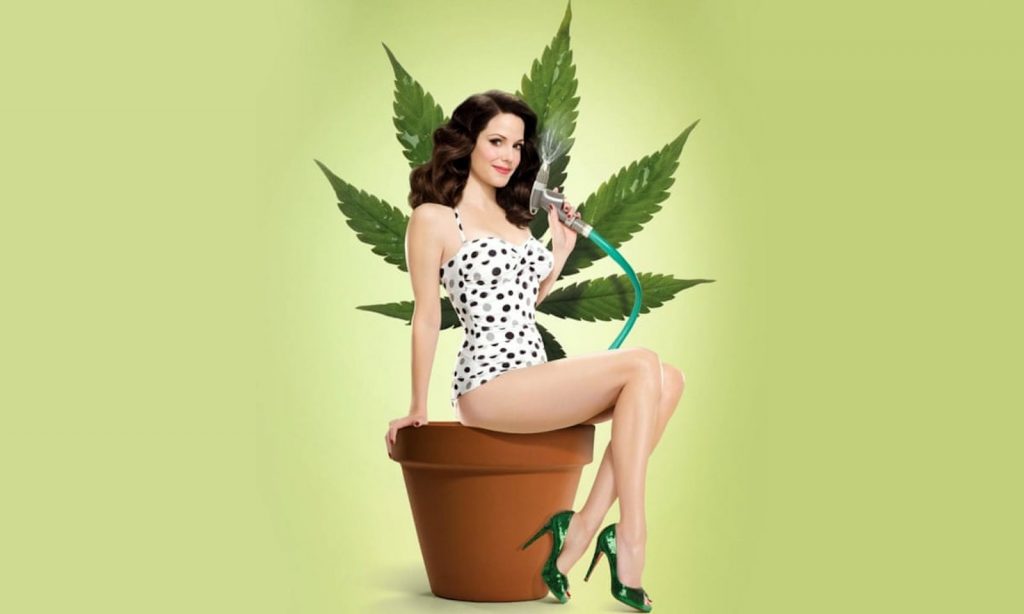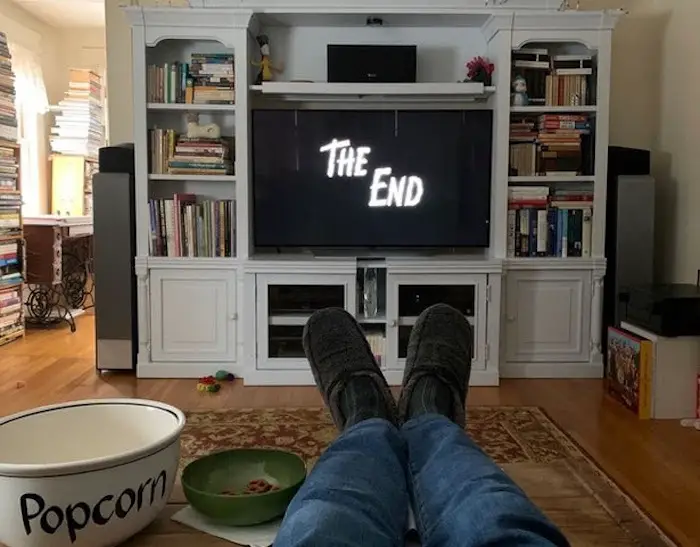
Over the past few years, the Academy Awards have become not just a desirable award in the field of cinema, which many directors and other film workers aspire to, but also an important social event. This award features films sharing world problems to acknowledge them more. Among the global issues are the relationship between parents and children, social strata, racism, same-sex relationships, various addictions, and many others.
These films present to the audience our modern society, which lives in a frantic rhythm of regular changes, where it is necessary to make quick or well-considered decisions constantly. In this article, we want to compare Oscar-nominated films in terms of problems in the world.
Racism issues in movies
Civil unrest in the United States showed that the last pages of the history of racism have not yet been written, and a happy ending in the best traditions of Hollywood is not yet in sight. The magic of the screen will make it easier for our viewers to understand why the Black Lives Matter movement began and what modern racial discrimination looks like.
This article is a perfect example of a contrast essay, where some topics are opposed and compared. Use this material as help with essay or research some free compare and contrast essay examples. Anyway, enjoy reading the comparison of Oscar-nominated movies in terms of problems in the world.
Green Book
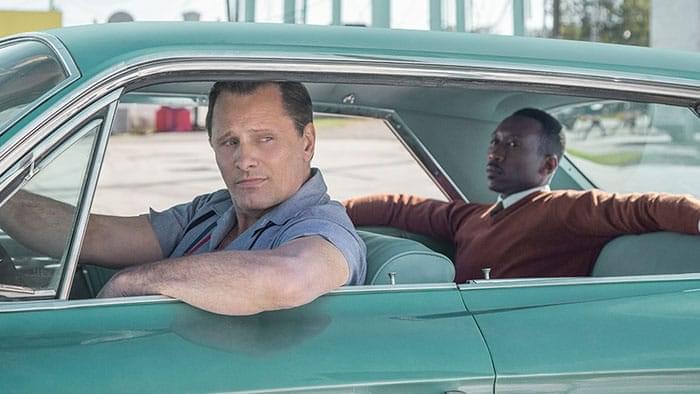
An example of such a white film about discrimination is the winner of the 2019 Oscar – “Green Book” by Peter Farrelly. This story shows how a single character overcomes intolerance in himself and does not intend to bring the light of salvation to black America. The picture is made in the most classic – white hero – manner, referring to the aesthetics of films of the 1950s and 60s and filled with a veil of Christmas fairy tales. The hostile drama of contemporary artist Steve McQueen, “12 Years a Slave”, also worked with clichés – there were craven white planters and an African-American prisoner, Solomon Northup.
12 Years a Slave
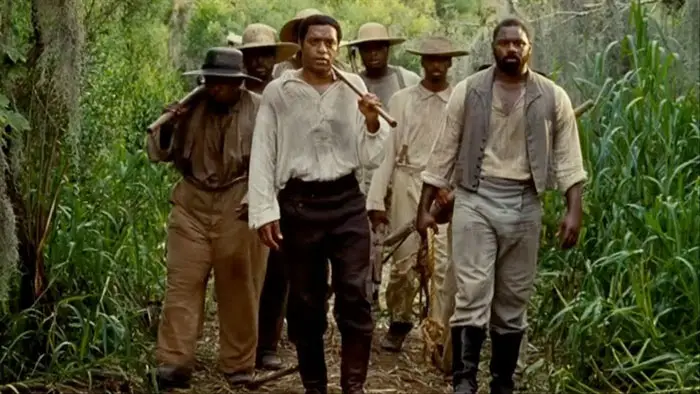
Since the abolition of slavery, many steps have been taken in the right direction, and the problem of racial hatred and social inequality remains relevant to this day. This makes films like 12 Years a Slave not only helpful but necessary. The film is based on the life story of Solomon Northup – a free man who becomes a victim of deceit, kidnapping, and selling into slavery to several masters for 12 years of his life. He was a key contender for the Oscar-2014 award, and was awarded three statuettes, including Best Film of the Year.
Judas and the Black Messiah
This new story about racial discrimination has become a biblical story superimposed on actual events. The plot tells about a black guy who broke the law. William agrees to take on an undercover FBI assignment to avoid punishment. The goal of the “mole” is to ingratiate himself with the radical opposition leader Fred Hampton, the leader of the Black Panthers. British actor Daniel Kaluuya, who played Hampton, the victim of betrayal, won an Oscar for this role.
LGBTQ+ Movies
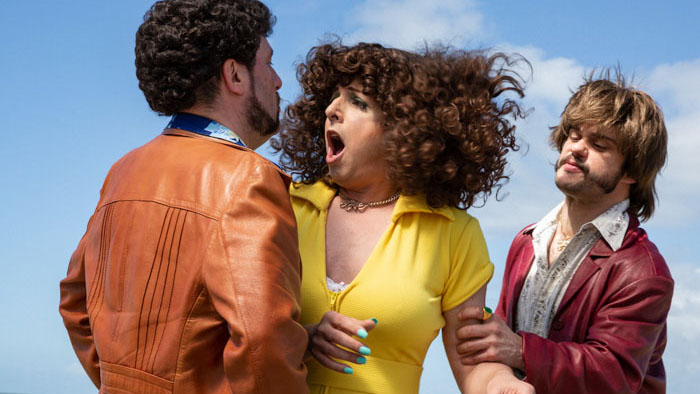
In American show-business, the so-called representation is becoming extra important. Before each Oscar ceremony, journalists and the concerned public discuss the demographics of the nominees, and the University of Southern California along with some famous colleges produces an annual report on how widely different minority groups are represented in popular cinema – more than thirty pages, with graphs and charts. The statistics so far diverge from the progressive statements of the studios: there are no more than a percentage of LGBT characters in the top 100 films each year. But it still seems like changes are coming and some students even try to write coursework on the topic for their academic course. Seems like a great improvement in this direction.
Call Me By Your Name
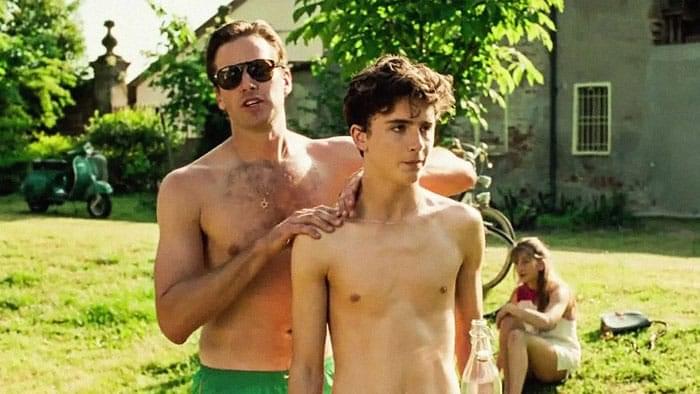
LGBTQ+ cinema as a genre at one time drove itself into a corner, choosing the sharpness of rejection of same-sex love as the central plot conflict. The importance of this moment is undeniable, but after the huge baggage of such films, it is hard not to notice how such a conflict takes on a speculative character in the next queer drama. Guadagnino manages to get around the cliché by discarding the element of gay identification of the main characters – neither Elio nor Oliver reflect on the topic of their orientation. Instead, the tape characters act as adherents of love free from prejudice and revel in the feeling that helps to know and accept oneself.
This is a queer movie to take your parents to see. This is a hymn to human responsiveness, to the ability to formulate the most essential thing without falling into vulgarity or pathos. So there is probably no villain here—say, public opinion standing in the way of the Carol characters—and only Oliver’s despotic father momentarily pops into the background, never materializing into any real threat.
Moonlight
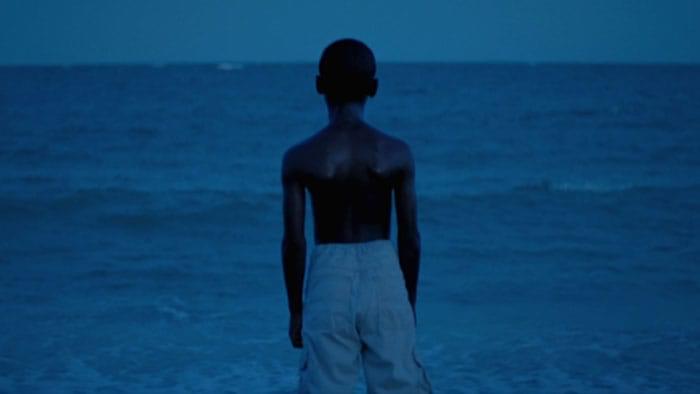
The main thing you need to know about “Moonlight” is that this is not lamenting how a black gay man lives in the ghetto. Life is not easy for him – and this also follows from the film. The social, racial agenda and the realm of feelings coexist here in parallel – they are both attractive to Jenkins, but he is in no hurry to mix them up. The director recreates a specific cultural environment – this is the scenery of the picture, its color, if you like, that determines the momentary actions of the characters. And there is a profoundly intimate, inner story of growing up, somewhere turning into a love story – the film’s content. Jenkins does not juxtapose majorities and minorities, racial or sexual: there are no whites, and Chiron’s path never turns into either Calvary or a crusade. In other words, this is not a pamphlet about intolerance but precisely the opposite: a quiet, gentle film about the miracle of mutual understanding.
The Danish Girl
Hooper in “The Danish Girl” does everything right in terms of the genre. This, of course, is a political movie that promotes a certain attitude towards transsexuals, but it does not come down to politically correct morality. First of all, “The Danish Girl” is a story about a woman who selflessly loves a man and about a man who is drawn to become a woman and lose much of what his wife loves him for. The tape is well aware of its strengths and rarely gives way – as, for example, in the scene of beating Einar by Parisian gopniks, which is needed only as a reminder of European homophobia.
